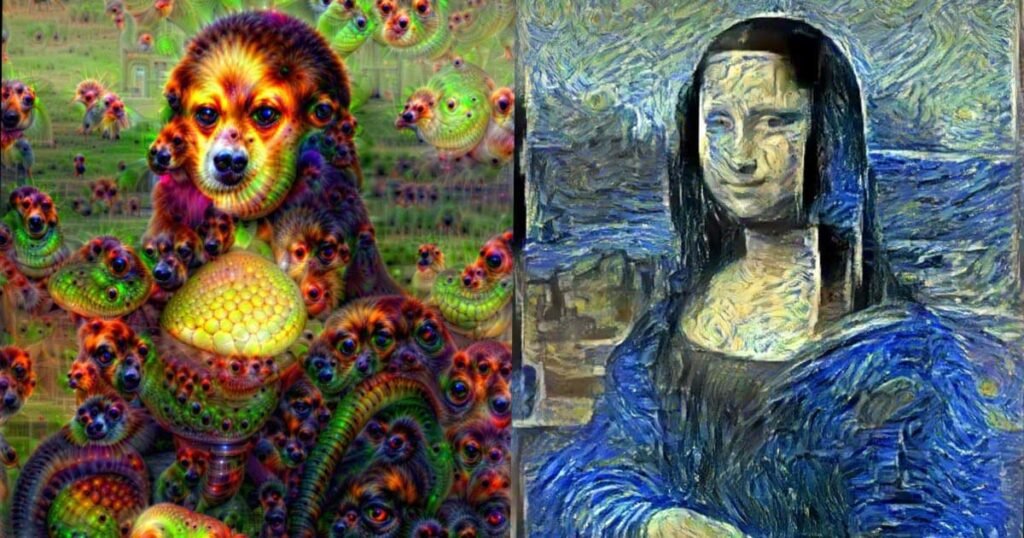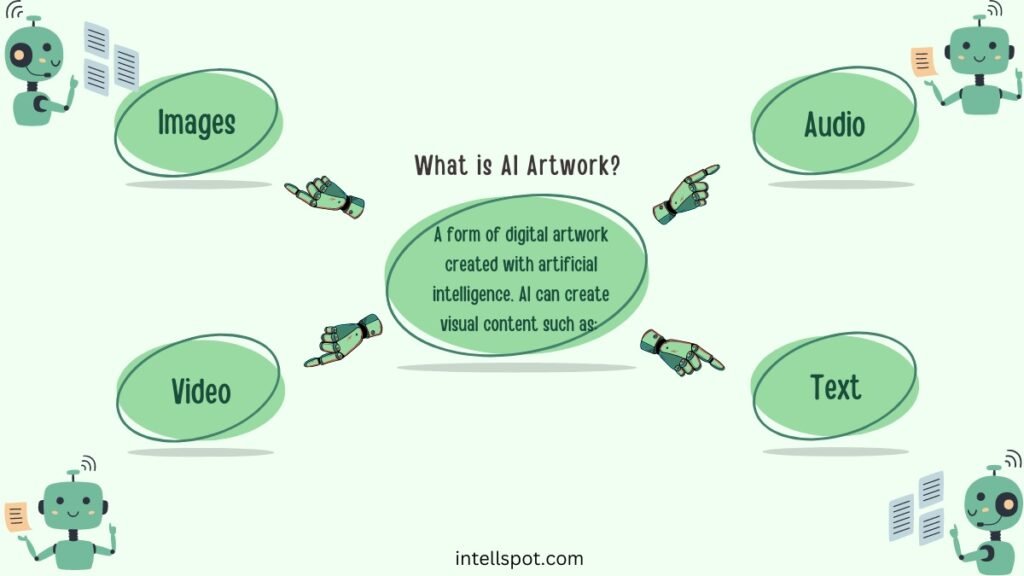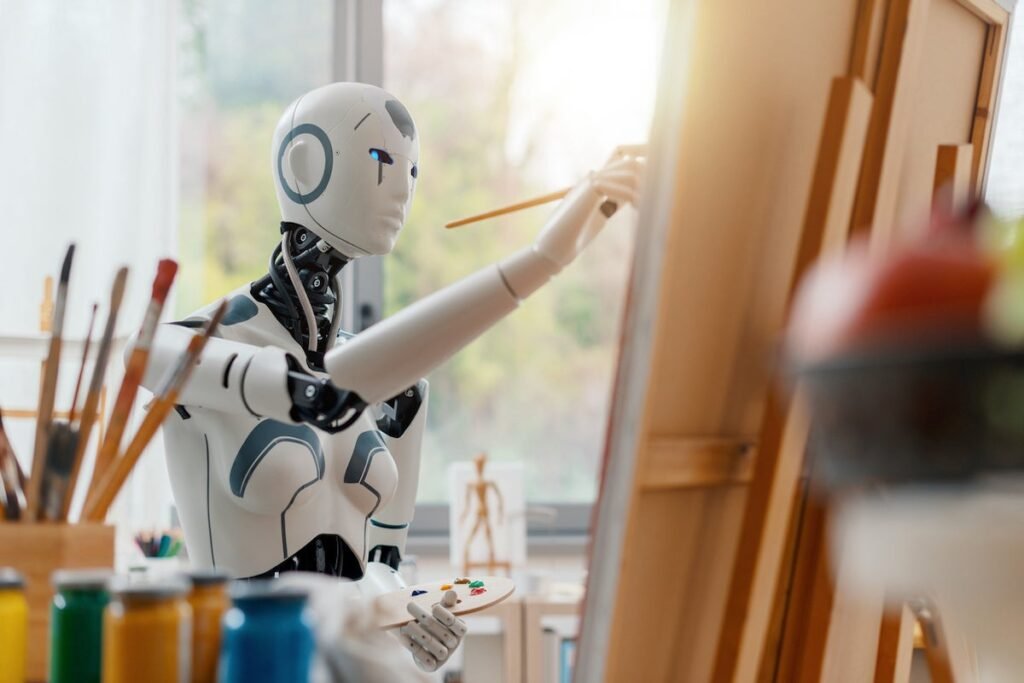Learning how to get ai to create art you will discover the limitless possibilities of and create extraordinary art work. This comprehensive guide reveals the intricate process of harnessing the power of artificial intelligence to generate mesmerizing artistic masterpieces. From understanding the fundamentals of AI to applying advanced techniques, this product empowers you to unleash your creative potential and redefine the boundaries of artistic expression. Uncover the secrets of transforming data into awe-inspiring art and embark on a captivating artistic journey like no other.
This image is property of assets.website-files.com.
How to get ai to create art – understanding the technology
Artificial intelligence (AI) refers to the simulation of human intelligence in machines that are capable of performing tasks that typically require human intelligence. In the context of art, AI is used to generate, enhance, or mimic artistic creations. This technology has gained significant attention in recent years, opening up new possibilities and challenging traditional notions of creativity.
What is AI?
AI encompasses various techniques and algorithms that enable machines to learn from and make decisions or predictions based on large amounts of data. Machine learning, a subset of AI, involves training algorithms to recognize patterns and make informed decisions without explicit programming. Deep learning, a specific type of machine learning, involves training neural networks with multiple layers to perform complex tasks.

This image is property of dwgyu36up6iuz.cloudfront.net.
AI in Art
AI is revolutionizing the art world by enabling artists to explore new techniques, push boundaries, and create innovative works. The marriage of AI and art has led to the emergence of new art forms and styles, blurring the line between human and machine creativity. AI can generate unique visual images, compose music, write literature, and even create interactive installations.
Benefits of AI in Art
The integration of AI in art offers numerous benefits to artists and the art community as a whole. Firstly, AI tools can serve as a source of inspiration, providing artists with new ideas and perspectives to explore. They can also assist in the creative process by generating initial concepts or helping artists overcome creative blocks.
Furthermore, AI allows artists to rapidly experiment with different styles, techniques, and mediums, as algorithms can quickly generate variations of a given artwork. This accelerates the artistic process and encourages artists to take risks and explore uncharted territories.
AI also provides opportunities for collaboration between artists and machines. By combining human creativity with machine-generated outputs, artists can create innovative and groundbreaking works that showcase the synergy between human and machine intelligence.

This image is property of i.ytimg.com.
Getting Started with AI Art
Before diving into the world of AI art, it’s important to understand the basics and choose the right AI tool according to your artistic goals. Consider the specific features and capabilities of different AI tools, as well as the level of technical expertise required to use them effectively. Some popular AI tools for art generation include DeepArt, DeepDream, and The Next Rembrandt Project.
Understanding input and output data is also crucial when working with AI. AI models rely on training data to learn and generate outputs. The input data can be images, texts, or audio, depending on the desired output. Similarly, the output data can be visual images, music, or text, depending on the specific AI technique employed.
Training AI for Art Generation
In how to get ai to create art and train AI models for art generation, it is necessary to collect and prepare training data and select an appropriate AI model for the desired artistic application.
Collecting training data involves gathering a large dataset of relevant artworks, images, or texts. The diversity and quality of the training data significantly impact the AI model’s ability to generate meaningful artistic outputs.
Preparing the training data involves cleaning and organizing the dataset to ensure it is free from inconsistencies or biases. This step is essential for maintaining the integrity of the AI-generated art.
Once the training data is ready, selecting and implementing an AI model plays a crucial role in achieving the desired artistic results. Different AI models have different strengths and limitations, so it is essential to choose the model that aligns with the artistic vision and desired output.
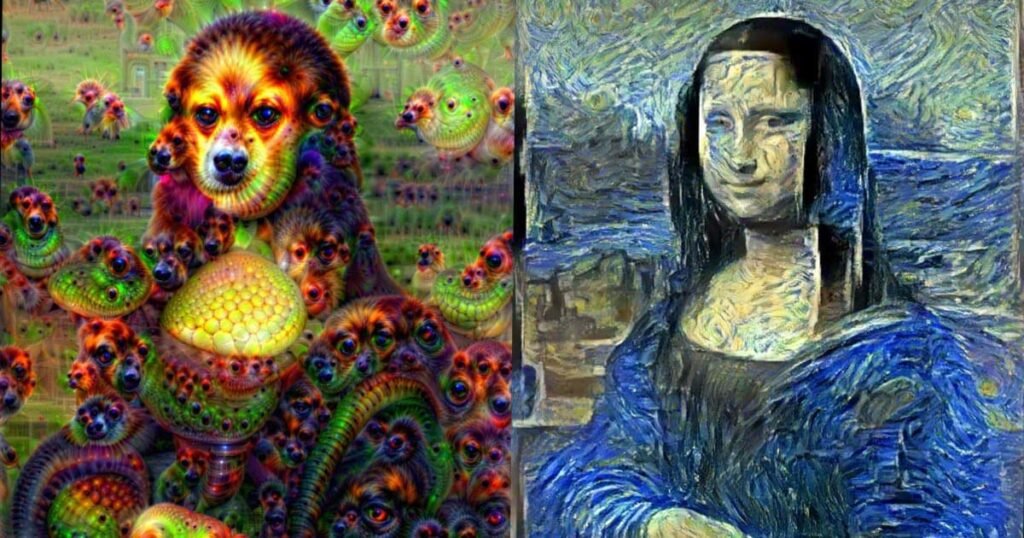
This image is property of cdn.domestika.org.
Exploring Different AI Art Techniques
AI offers a plethora of techniques that artists can employ to create unique and captivating artworks. Some of these techniques include style transfer, generative adversarial networks (GANs), and neural style transfer.
Style transfer involves applying the style of one artwork onto another, creating visually stunning combinations. This technique allows artists to merge artistic elements from different styles and eras, resulting in intriguing and original compositions.
GANs refer to a system of two neural networks, one generating new content and the other evaluating and providing feedback. This feedback loop enables the AI to continuously improve the quality and realism of the generated art. GANs have been used to create realistic images, videos, and even generate entirely fictional faces or landscapes.
Neural style transfer leverages deep neural networks to transform an input image into a visually appealing artwork inspired by a specific style. This technique allows artists to apply the characteristics of famous artworks or artistic styles to their own images, creating unique and personalized compositions.
Creating Art with AI
The creative possibilities of AI in art are vast and diverse. AI can be used to generate artistic images, create music and soundscapes, and even write poetry and literature.
Generating artistic images can be achieved through various AI techniques, such as style transfer or GANs. Artists can input existing images or sketches, and the AI generates visually striking compositions by applying artistic styles, textures, or creating entirely new imagery.
Creating music and soundscapes with AI involves training AI models with large datasets of musical compositions. AI algorithms can then compose melodies, harmonies, or entire compositions based on the learned patterns. This allows artists to experiment with different musical styles, explore unique soundscapes, and even collaborate with AI-generated musical elements.
AI can also delve into the realm of literature and poetry by analyzing vast amounts of text and generating poetic compositions or narratives. This enables artists to explore new forms of storytelling, experiment with language, and challenge traditional writing conventions.
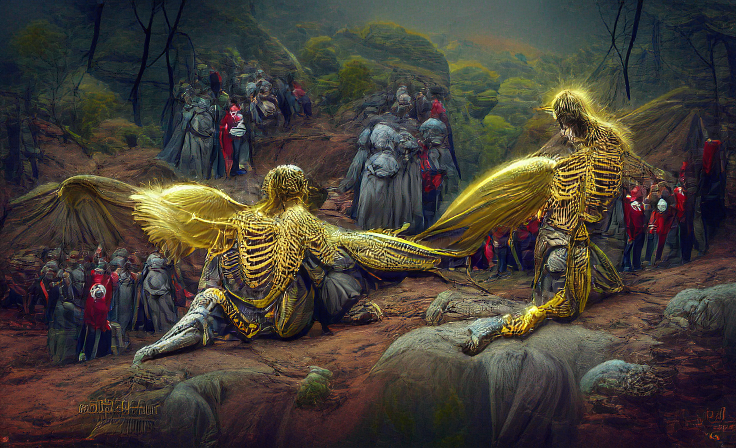
This image is property of assets.website-files.com.
Evaluating AI Art
When evaluating AI-generated art, it is essential to establish clear evaluation criteria. This ensures that the generated artwork aligns with specific artistic goals and maintains aesthetic quality.
However, evaluating AI art is not without challenges. Subjectivity and interpretation play a significant role, as the perception of art can vary from person to person. Therefore, it is crucial to consider multiple perspectives and embrace the diversity of opinions when assessing AI-generated artworks.
Engaging with the audience is vital in evaluating AI art. Gathering audience feedback and observing their reactions can provide valuable insights into the impact and perception of AI-generated art. This dialogue between artist, AI, and the audience enriches the artistic experience and helps shape future artistic endeavors.
Ethical and Legal Considerations
The integration of AI in art raises important ethical and legal considerations that need to be addressed. These include copyright and intellectual property, AI bias and appropriation, transparency, and attribution.
Copyright and intellectual property laws may need to be reevaluated in the context of AI-generated art. As AI models can generate works inspired by existing artists or styles, the ownership and originality of AI-generated art can become complex issues.
AI bias refers to the potential biases and prejudices embedded in AI systems due to the data they are trained on. Artists and developers need to be conscious of and actively mitigate bias in AI-generated art to ensure it reflects diverse perspectives and contributes positively to society.
Transparency and attribution are important factors in the ethical use of AI in art. Artists should be transparent about the involvement of AI in the creation process and give appropriate credit to the AI models and algorithms used. This promotes transparency and fosters an ethical ecosystem in AI art.
The Future of AI in Art
The future of AI in art holds immense potential. AI is not merely a tool for artists but a collaborative partner that can enhance creativity and push artistic boundaries.
AI can serve as a collaborative tool, assisting artists in generating ideas, exploring new techniques, and offering new perspectives. By working hand in hand with AI, artists can unlock new realms of creativity and produce groundbreaking and innovative artworks.
AI art is also becoming a cultural movement in its own right. The integration of AI in art challenges traditional notions of creativity and opens up new modes of expression. This movement fosters interdisciplinary collaborations, encouraging artists, scientists, and technologists to work together and create art that transcends traditional boundaries.
The impact of AI on artistic practices will undoubtedly be significant. Artists will have the opportunity to redefine their creative processes, embracing AI as a new medium of expression. The boundaries between human and machine creativity will blur further, leading to exciting and transformative artistic experiences.
Challenges and Limitations with how to get ai to create art
While the potential of AI in art is vast, there are several challenges and limitations to consider in how to get ai to create art. These include data availability and quality, the balance between creative control and automation, and the importance of human-AI collaboration.
Access to diverse and high-quality training data is essential for training AI models effectively. The availability and reliability of such data can be a challenge, particularly when aiming for broad artistic representation or specific artistic styles.
Balancing creative control and automation is an ongoing challenge in AI art. Artists need to find the right balance between using AI as a creative tool and maintaining their own artistic vision and control. Striking this balance ensures that AI technology enhances artists’ creativity rather than overshadowing it.
Human-AI collaboration is crucial for the future of AI in art. By nurturing collaboration between artists and AI systems, the potential for artistic innovation increases. Artists can leverage the strengths of AI while bringing their unique perspective, intuition, and creativity to the table.
Inspiring Examples of AI Art
Several notable examples of AI art have emerged in recent years, showcasing the immense creative possibilities in how to get ai to create art.
One such example is The Painting Fool, an AI program developed by Simon Colton. The program not only generates landscapes but also evaluates its own creations based on aesthetic principles. This AI system blurs the line between human and machine creativity, challenging traditional notions of authorship and artistic evaluation.
DeepDream and DeepArt are also noteworthy examples of AI art. These AI tools apply neural networks to existing images, generating bizarre and dream-like visuals. Artists can input their own images and explore the surreal and otherworldly creations produced by the AI algorithms.
The Next Rembrandt Project is another groundbreaking example of AI in art. This project used AI algorithms to analyze Rembrandt’s style and techniques, ultimately generating a new Rembrandt-like painting. By emulating the master’s style, this AI-generated artwork demonstrates the potential of AI to revive and reimagine historical artistic legacies.
Concluding how to get ai to create art
In conclusion, AI is reshaping the art world, offering immense potential for artistic exploration and innovation. If artists understand how to get ai to create art they can leverage AI tools and techniques to create unique and captivating artworks across various mediums. However, ethical and legal considerations must be carefully addressed to ensure the responsible and beneficial integration of AI in art. The collaborative partnership between human creativity and AI intelligence promises to redefine artistic practices and pave the way for groundbreaking artistic experiences in the future.

